Japan Starts Cleaning Up Historic Nuclear Reactor Disaster
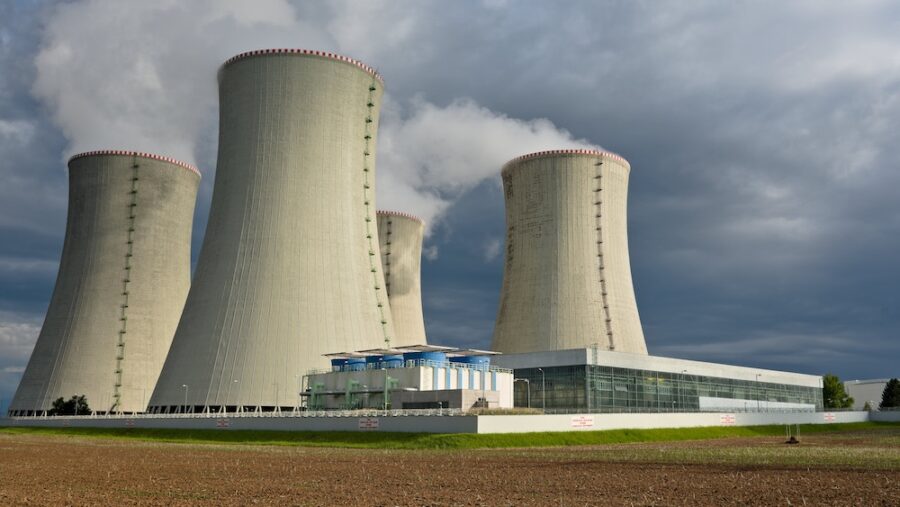
The retrieval of nuclear fuel debris from the now-defunct Fukushima nuclear power station in Japan has finally begun, more than a decade after the nuclear reactor disaster struck. The project spent more than a decade in development, and it was marred by several delays, most of which resulted from the inherently dangerous nature of the project itself, as well as the daily radiation limit to which the workers were exposed.
10 Years Later
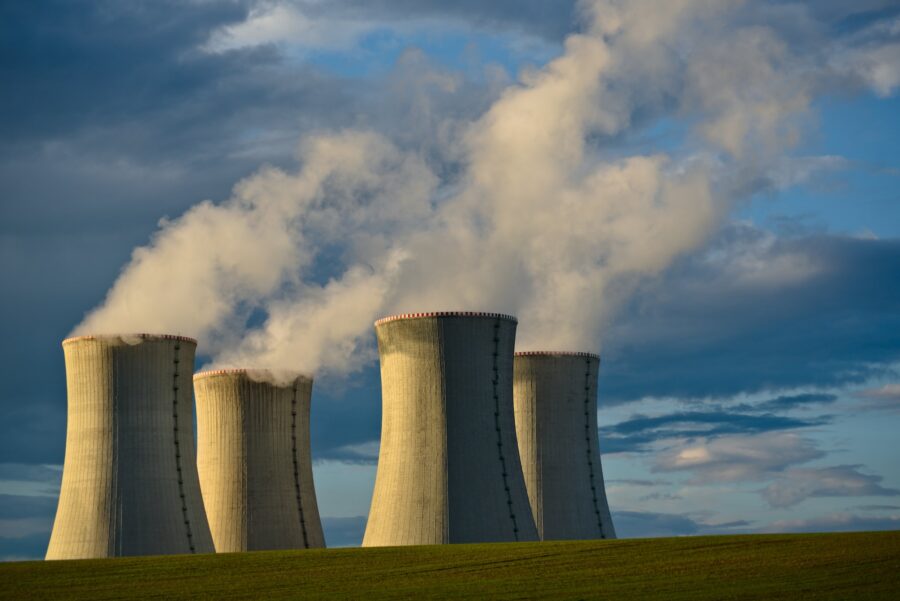
TEPCO, the Tokyo Electric Power Company, released a statement saying that the team behind the Fukushima decommissioning project had finally initiated a trial run of extracting the highly radioactive fuel remnants left behind by the nuclear reactor disaster. This is a new development because the active stage of the cleaning process has been delayed after one of the five push pipes that are used to propel the cleaning robot was displaced, and the workers left the area to avoid exceeding their daily radiation exposure limit.
A Dangerous And Complex Assignment
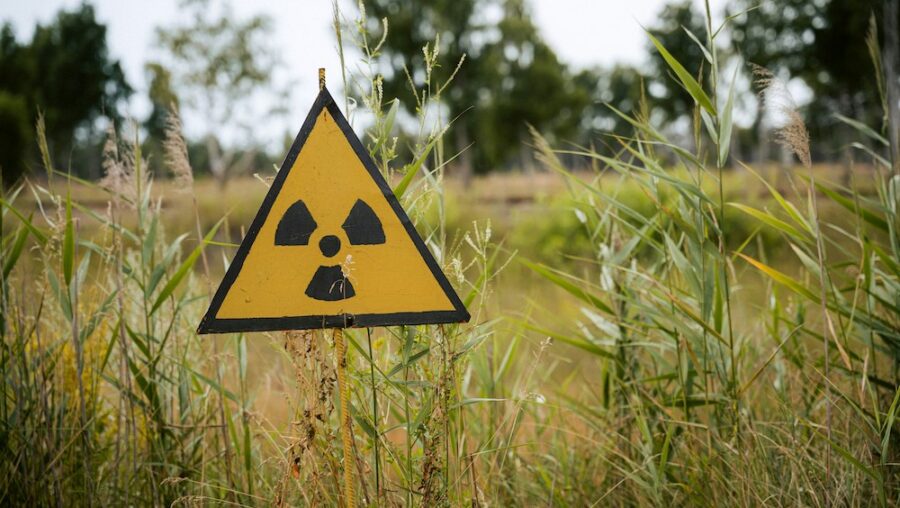
Additional reports suggest that workers also hit another delay after they installed one of the five push pipes in the completely wrong place. And those delays, at least according to the sources, were just the latest delays the project was affected by, considering that the fuel debris removal from the nuclear reactor disaster was supposed to begin in 2021. Unfortunately, the highly dangerous and complex nature of removing approximately 880 tons of nuclear waste only made the task more difficult and complex.
The Equipment Is In Place
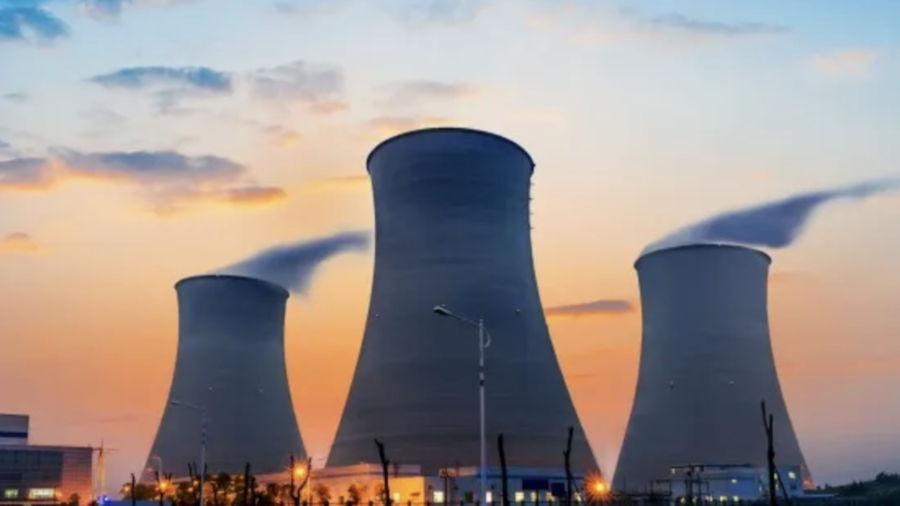
The equipment necessary for removing the waste is now in place, but removing the remnants of the nuclear reactor disaster still remains a massive task. TEPCO’s plan—its initial steps, at least—call for the removal of only a few grams of material, which will be sealed into special containers and sent to Japan’s Atomic Energy Agency for further analysis. The melted fuel is to be removed by a specially designed robot, which will be deployed into the contaminated area through the aforementioned pipes.
The robot will then use telescopic tongs to remove the radioactive material and place it into specially designed-containment units for long-term storage. Unfortunately, the amount of time necessary to remove the radioactive material from Unit 2 remains undisclosed at this point.
Relying On Robots For Hands-On Work

The robot will then use telescopic tongs to remove the radioactive material and place it into specially designed-containment units for long-term storage. Unfortunately, the amount of time necessary to remove the radioactive material from Unit 2 remains undisclosed at this point.
The conditions in Unit 1, on the other hand, are still being investigated, as certain sections of the unit are still underwater a decade after the nuclear reactor disaster. Several robots have been deployed to Unit 1 for further data gathering, which would allow authorities to devise a plan to extract the rest of the fuel.
All Because Of A Tsunami
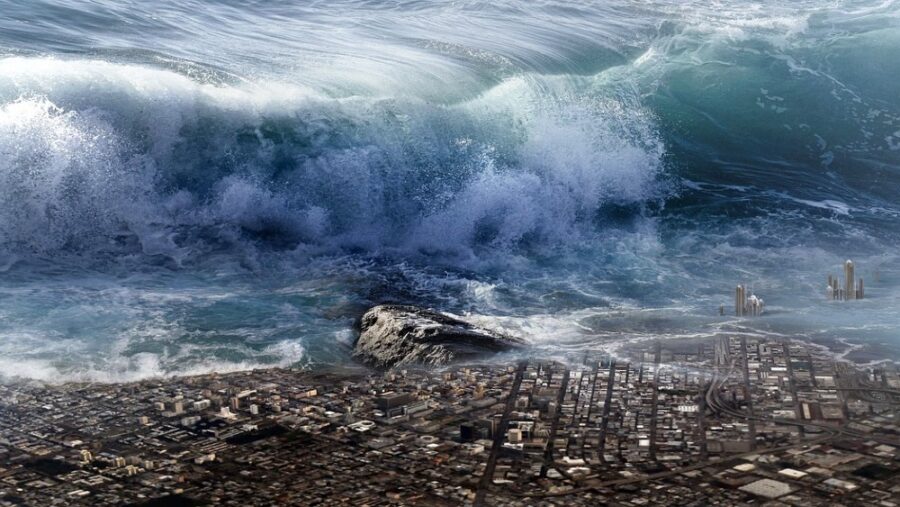
For those who aren’t familiar with the nuclear reactor disaster in Fukushima, in March 2011, a disaster struck when a 9.0 earthquake shook the Japanese coast, triggering a tsunami that flooded the power plant and disabled the backup diesel generators that were maintaining power for the cooling system. The failure of the cooling system caused the temperature and pressure inside the reactors to rise rapidly, leading to partial meltdowns in three reactors, which later caused a hydrogen gas explosion and further damage.
Despite the numerous nuclear reactor disasters that have occurred since our use of nuclear energy for power generation began, nuclear power remains one of the most eco-friendly energy sources we have to date, with negligibly small amounts of pollution—unless cooling systems fail, then we have a problem on our hands.
Source: TEPCO











